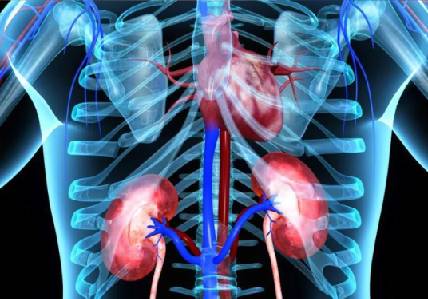RENAL DENERVATION GUIDE WIRE
 | KEY INFORMATION TECHNOLOGY READINESS LEVEL: TRL6 |
| Patents: | - Method and deployable multi-spine apparatus for catheter-based renal denervation, SG/US/EP/KR/CN,US11234762B2, 2017 - Guide wire arrangement, strip arrangement and methods of forming the same, SG/US, WO2012060780A1, 2012 |
| Know-How: | Device Packaging of Flexible Contact Force Sensor integrated with Multifunctional Sensor Chip Utilized in Guide Wires and Catheters, IME Know-How PAT21-009/MedTech-002, 2021 |
| Publication: | Development of Integrated Thermistor Sensor and Heating Electrode for Renal Denervation Procedure, IEEE ECTC 2018 |
Overview
Hypertension is a growing worldwide issue. Patients with uncontrollable blood pressure level despite the usage of three or more medication is known as resistant hypertension. Resistant hypertension increased the risk of adverse cardiovascular disease. The current treatment for resistant hypertension includes minimally invasive catheter based renal denervation procedure. However, there is no procedural endpoint of the ablation of the renal nerve for this renal denervation procedure.
In our solution, an integrated thermistor sensor with a heating electrode was developed for monitoring of the ablation temperature during the procedure. MEMS based force sensor was used to monitor the contact of heating electrode with the renal artery wall. Thus, ensuring proper ablation of the nerve, reducing the risk of damaging the renal nerve and increasing the success rate of the procedure.
TECHNOLOGY FEATURES & SPECIFICATIONS
• Multi-functional catheter provides quantitative force (50-500 mN) feedback to control the optimal RF output power (8W for 60s per cycle) required for effective nerve ablation
• Force sensor of resolution 50 mN determines the contact between the heating electrodes and artery wall
• RF electrode (withstands 32 cycles of ablation) powered by RF energy for nerve ablation
• Temperature sensor (25 - 94 0C) monitors ablation temperature for RF power feedback
POTENTIAL APPLICATIONS
• Renal denervation for resistive hypertension
• Cardiac sympathetic denervation
• Neuro-muscular denervation
• RF ablation of cancer cells
UNIQUE VALUE PROPOSITION
• The competitive technology for renal denervation has no procedural endpoint of the ablation.
• The system provides quantitative feedback to control the optimal RF output power.
• Reduces the risk of damaging the renal nerve and ensures safe procedure.
• The form factor of the device technology is handy to use compared to existing devices.
A*STAR celebrates International Women's Day

From groundbreaking discoveries to cutting-edge research, our researchers are empowering the next generation of female science, technology, engineering and mathematics (STEM) leaders.
Get inspired by our #WomeninSTEM
